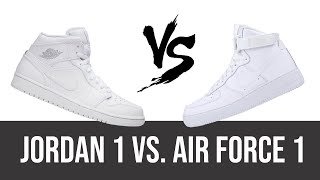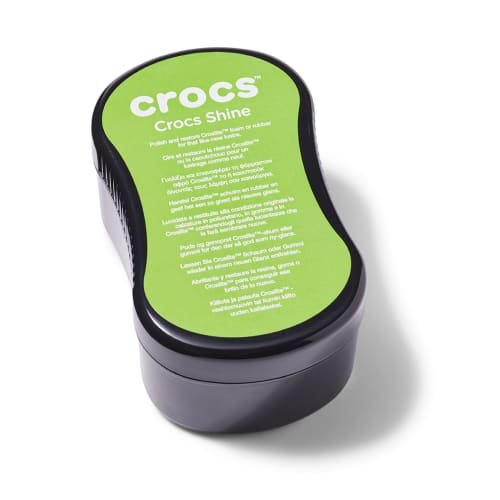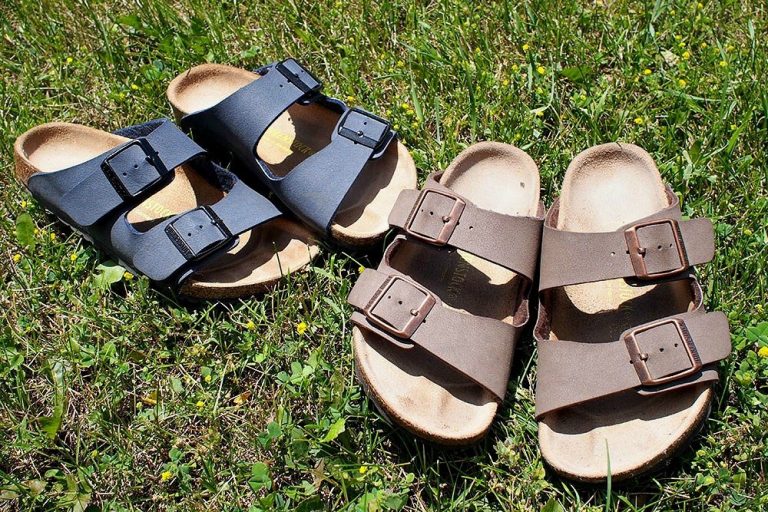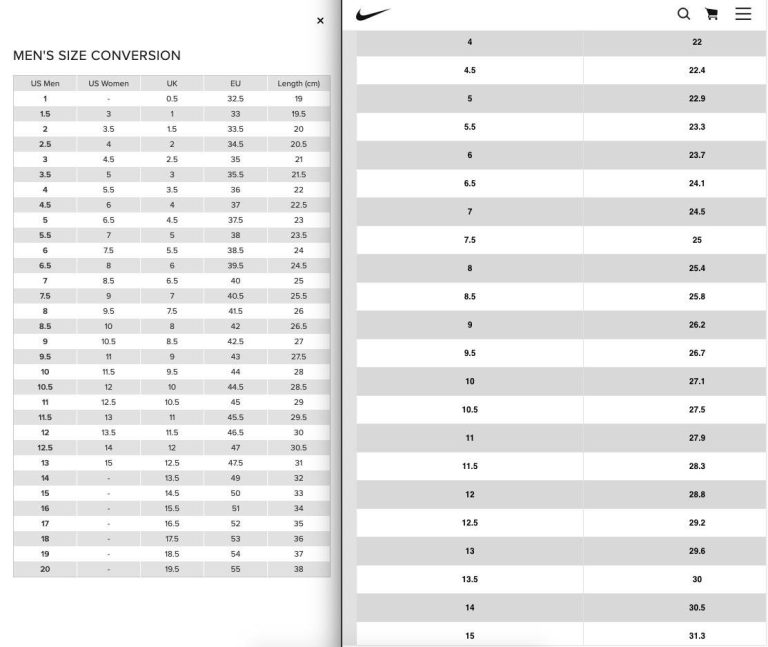Jordan 1 vs Air Force 1, a topic that has sneaker enthusiasts buzzing with excitement. Which one reigns supreme? The iconic Jordan 1 with its legendary status, or the timeless Air Force 1 that has stood the test of time? In this article, we will delve into the features, history, and cultural significance of these two iconic sneakers, helping you make an informed decision. So, lace up your sneakers and join us on this journey as we explore the world of Jordan 1 vs Air Force 1. Let’s dive in and uncover the undeniable charm of these sneakers!
Jordan 1 vs Air Force 1: A Comprehensive Comparison
Introduction
In the world of sneakers, two iconic models have stood the test of time and captivated sneakerheads around the globe: the Jordan 1 and the Air Force 1. Both shoes have a rich history and a loyal following, making it difficult for enthusiasts to choose just one. This article aims to dive deep into the characteristics, design, comfort, performance, and popularity of the Jordan 1 and the Air Force 1. By the end, you’ll have a better understanding of these legendary sneakers, enabling you to make an informed decision when adding them to your collection.
Design
When it comes to design, both the Jordan 1 and the Air Force 1 have distinct styles that have become iconic in sneaker culture.
Jordan 1 Design
The Jordan 1, first released in 1985, set the stage for the Air Jordan line. Designed by Peter Moore, it features a high-top silhouette with bold color combinations and the iconic Wings logo. The shoe’s design was inspired by Michael Jordan’s on-court presence and his ability to soar like a slingshot. The Jordan 1 is known for its unique paneling, including the perforated toe box and the signature Nike Swoosh along the sides.
Air Force 1 Design
The Air Force 1, introduced in 1982, was Nike’s first basketball shoe with Nike Air technology. Designer Bruce Kilgore aimed to create a shoe that would provide superior cushioning and support for players on the court. The Air Force 1 features a low-top or high-top design with a leather upper, a chunky midsole, and a prominent Nike Swoosh. The shoe’s clean and timeless design lends itself well to various colorways and collaborations, making it a favorite among sneaker enthusiasts.
Comfort
Comfort is a crucial factor to consider when choosing a sneaker, especially for everyday wear or athletic activities.
Jordan 1 Comfort
The Jordan 1 is known for its supportive fit and excellent ankle support, thanks to its high-top design. The padded collar and cushioned insole provide a comfortable feel, but some wearers may find the shoe a bit narrow. If you have wider feet, it’s advisable to go half a size up for a better fit. The Air Jordan 1’s comfort level can vary depending on the specific model and materials used.
Air Force 1 Comfort
The Air Force 1 offers a comfortable experience with its Nike Air cushioning system that absorbs impact and provides a plush feel underfoot. The shoe’s leather upper molds to the foot over time, creating a personalized fit. The Air Force 1 tends to have a roomier toe box compared to the Jordan 1, making it more accommodating for wider feet. However, some wearers may find the shoe’s chunky midsole slightly less flexible than other models.
Performance
While both the Jordan 1 and the Air Force 1 were initially designed for basketball, their performance attributes may differ.
Jordan 1 Performance
The Jordan 1’s performance capabilities were groundbreaking when it was first released. The shoe’s high-top design provided excellent ankle support, making it a top choice among basketball players. However, as sneaker technology has evolved, the Jordan 1’s performance features have become less competitive compared to modern basketball shoes. That being said, the shoe still offers good traction on the court and can handle casual basketball games with ease.
Air Force 1 Performance
The Air Force 1, on the other hand, was specifically designed for basketball performance. Its Nike Air cushioning system and sturdy construction provided optimal support and shock absorption on the court. However, as newer basketball shoe models with advanced technology have emerged, the Air Force 1’s performance features may not be as cutting-edge. The shoe’s comfort and durability, coupled with its iconic style, make it more suited for lifestyle wear.
Popularity
When it comes to popularity, both the Jordan 1 and the Air Force 1 have achieved legendary status in the sneaker world.
Jordan 1 Popularity
The Air Jordan line, with the Jordan 1 as its foundation, has become one of the most successful and influential sneaker collections ever. The Jordan 1’s popularity skyrocketed when it was banned by the NBA due to its bold color scheme. This controversy only fueled the demand, and the shoe became a cultural phenomenon. Its popularity continues to grow, with new colorways and collaborations constantly being released.
Air Force 1 Popularity
The Air Force 1’s popularity has remained strong since its debut. It has transcended basketball and has become a staple in streetwear and fashion. The shoe’s versatility, clean design, and various limited-edition releases have contributed to its enduring appeal. The Air Force 1 has also been heavily embraced by hip-hop culture, further cementing its status as an iconic sneaker.
In the battle of Jordan 1 vs Air Force 1, there is no clear winner. Both sneakers have their unique characteristics, design elements, and fanbases. The Jordan 1 offers a classic basketball silhouette with bold color combinations and an undeniable connection to Michael Jordan’s legacy. On the other hand, the Air Force 1 boasts a timeless design, superior comfort, and versatility that extends beyond the basketball court. Ultimately, the choice between the two depends on personal preference, style, and intended use.
Remember, whether you choose the Jordan 1 or the Air Force 1, both sneakers have left an indelible mark on sneaker culture and will continue to be iconic options for sneaker enthusiasts for years to come. So lace up your favorite pair, rock them with confidence, and join the ranks of those who appreciate the artistry and impact of these legendary sneakers.
**Disclaimer:** The information provided in this article is based on general knowledge and research. Individual experiences may vary, so it’s always recommended to try on sneakers and assess their fit and comfort before making a purchase.
SNEAKER BATTLE: AIR JORDAN 1 LOW vs AIR FORCE 1
Frequently Asked Questions
What is the difference between Jordan 1 and Air Force 1?
The Jordan 1 and Air Force 1 are both iconic sneakers, but they have distinct differences. The Jordan 1 was originally designed for basketball, while the Air Force 1 was created for general athletic use. The Jordan 1 has a sleeker and more streamlined profile, with ankle support and padding for basketball performance. In contrast, the Air Force 1 has a bulkier silhouette and features more cushioning, making it a comfortable option for everyday wear. Additionally, the Jordan 1 often comes in various colorways and collaborations, increasing its collectibility and popularity among sneaker enthusiasts.
Which shoe is more suitable for sports activities?
If you’re looking for a sneaker specifically designed for sports activities, the Jordan 1 is the better choice. It offers superior ankle support, padding, and traction, making it ideal for basketball and other athletic pursuits. The Air Force 1, on the other hand, is more suitable for casual wear and everyday activities due to its comfort-focused design with ample cushioning.
Which shoe is more versatile for everyday wear?
The Air Force 1 is known for its versatility and is often considered a classic casual shoe. With its cushioning and timeless design, it can be effortlessly paired with various outfits and is suitable for different occasions. While the Jordan 1 can also be styled for everyday wear, its basketball-inspired features may make it more suited for a sporty or streetwear look.
Are there differences in the comfort level of the two shoes?
Both the Jordan 1 and Air Force 1 offer good comfort, but they have different priorities in terms of design. The Jordan 1 prioritizes performance and support, with its ankle support and padding, which might make it feel slightly stiffer. On the other hand, the Air Force 1 focuses more on overall cushioning and is generally considered more comfortable for daily wear due to its thicker midsole.
Which shoe has a wider range of color options?
When it comes to color options, the Jordan 1 often offers a wider range compared to the Air Force 1. Jordan Brand frequently releases new colorways and collaborations for the Jordan 1, making it a popular choice for sneaker collectors and those seeking unique designs. While the Air Force 1 also comes in various colors, it may not have the same level of variety and limited-edition releases as the Jordan 1.
Which shoe has a higher resale value?
The resale value of sneakers can fluctuate over time based on trends, collaborations, and limited releases. However, generally speaking, certain Jordan 1 models, especially rare colorways and collaborations, tend to have a higher resale value compared to most Air Force 1 models. The collectible nature of the Jordan 1, combined with its iconic status, often contributes to its higher demand and subsequent increase in resale value.
Final Thoughts
In conclusion, when comparing the Jordan 1 and Air Force 1 sneakers, it is evident that both have their unique characteristics and appeal. The Jordan 1 offers a sleek and iconic design, perfect for basketball enthusiasts and streetwear aficionados. On the other hand, the Air Force 1 delivers a classic and versatile silhouette, suitable for various occasions. Whether it’s the Jordan 1 or the Air Force 1, sneaker enthusiasts can find the perfect fit that suits their personal style and preferences. Ultimately, the decision between the Jordan 1 and Air Force 1 comes down to individual taste and preference.






